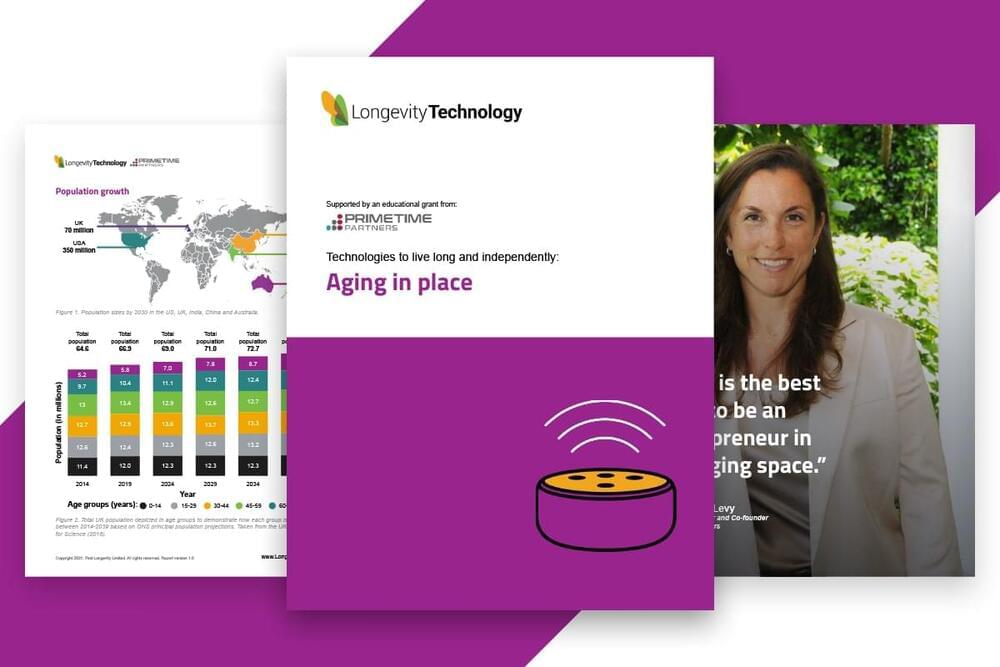Nov 30, 2021
A New, Simpler Quantum Computer Runs at Room Temperature
Posted by Gemechu Taye in categories: computing, particle physics, quantum physics
And it uses components already commercially available.
Engineers at Stanford University have demonstrated a new, simpler design for a quantum computer that could help practical versions of the machine finally become a reality, a report from New Atlas reveals.
The new design sees a single atom entangle with a series of photons, allowing it to process and store more information, as well as run at room temperature — unlike the prototype machines being developed by the likes of Google and IBM.
Continue reading “A New, Simpler Quantum Computer Runs at Room Temperature” »


















